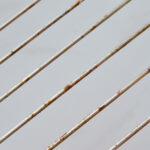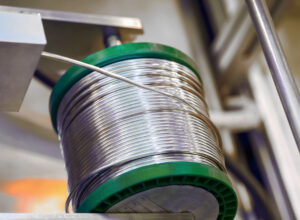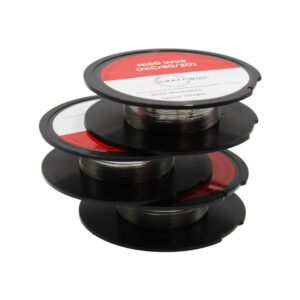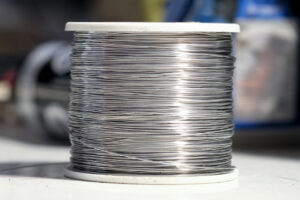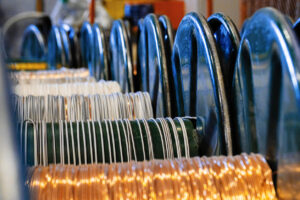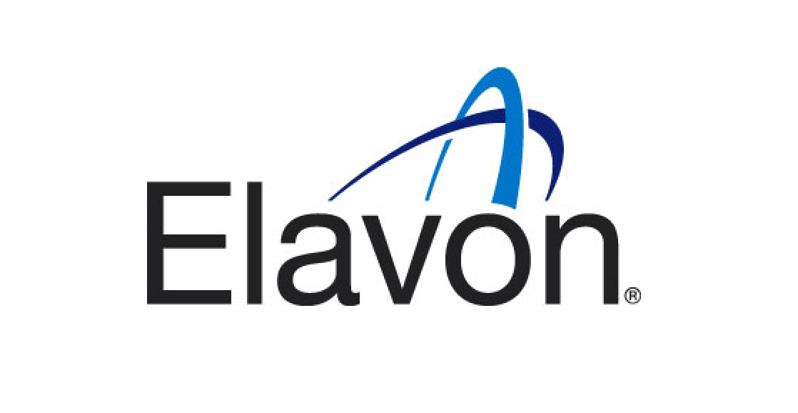Kanthal A1 wire, a name synonymous with durability and efficiency in the realm of heating elements and resistance applications, stands as a pillar in the world of high-temperature electrical engineering.
Known for its exceptional performance in even the most demanding conditions, Kanthal A1 wire has carved out a niche for itself as a go-to material for professionals and enthusiasts alike.
At our company, we are proud to offer this versatile wire in thicknesses of 1mm and 1.15mm, catering to a broad spectrum of requirements. Whether it’s for industrial furnaces, household appliances, or innovative resistance-based projects, Kanthal A1 wire brings reliability and quality to the table.
This article aims to unlock the full potential of Kanthal A1 Wire, guiding you through its features, myriad applications, and providing expert tips to maximize its use in your projects.
Kanthal A1 Wire
A1 wire is primarily composed of iron, chromium, and aluminum, giving it superior properties over traditional heating wires. The alloy, which typically contains 22% chromium and 5.8% aluminum, was developed for high-temperature applications to offer excellent corrosion and oxidation resistance.
Kanthal A1 wire marked an important milestone in heating technology. It was originally produced and trademarked by the Swedish company Kanthal, now a part of the Sandvik Group, and was specifically designed to withstand extreme temperatures, making it ideal for electrical heating elements. Our 1mm and 1.15mm wires are sourced directly from them.
Kanthal A1’s unique composition allows it to operate at temperatures up to 1400°C (2552°F), significantly higher than standard Nichrome wire.
The remarkable consistency and longevity of Kanthal A1 wire is one of the key reasons for its popularity and trust within the industry. Its resistance remains stable over a wide temperature range, ensuring predictable performance over its lifetime. In applications requiring precise temperature control, this stability is crucial.
Furthermore, Kanthal A1 wire’s higher melting point compared to other alloys makes it a safer and more reliable choice in applications with temperature spikes. Its ability to resist sagging and distortion at elevated temperatures has cemented its place as a preferred material in high-temperature applications. Kanthal A1 wire continues to be a hallmark of quality and durability in household appliances like toasters and hair dryers, as well as industrial applications like kilns and furnaces.
Physical and Chemical Properties
The unique physical and chemical properties of Kanthal A1 wire contribute to its exceptional high-temperature performance. Kanthal A1 has a melting point of about 1500°C (2730°F), which is higher than most other heating elements. In applications requiring sustained exposure to extreme temperatures, this high melting point is essential.
Kanthal A1 wire has a notable tensile strength, ensuring that it remains structurally intact and performs reliably under stress. In heating elements and industrial applications, mechanical stability is as important as thermal performance.
Kanthal A1 has an electrical resistivity of approximately 1.45 m at room temperature, a characteristic essential to its heating efficiency. As a result, this resistivity remains relatively stable over a broad temperature range, which is essential for maintaining consistent heating performance and energy efficiency.
Kanthal A1 wire’s properties – high melting point, high tensile strength, and stable electrical resistance – make it ideal for high-temperature environments. In industrial settings, its ability to maintain performance under thermal stress reduces downtime and maintenance costs.
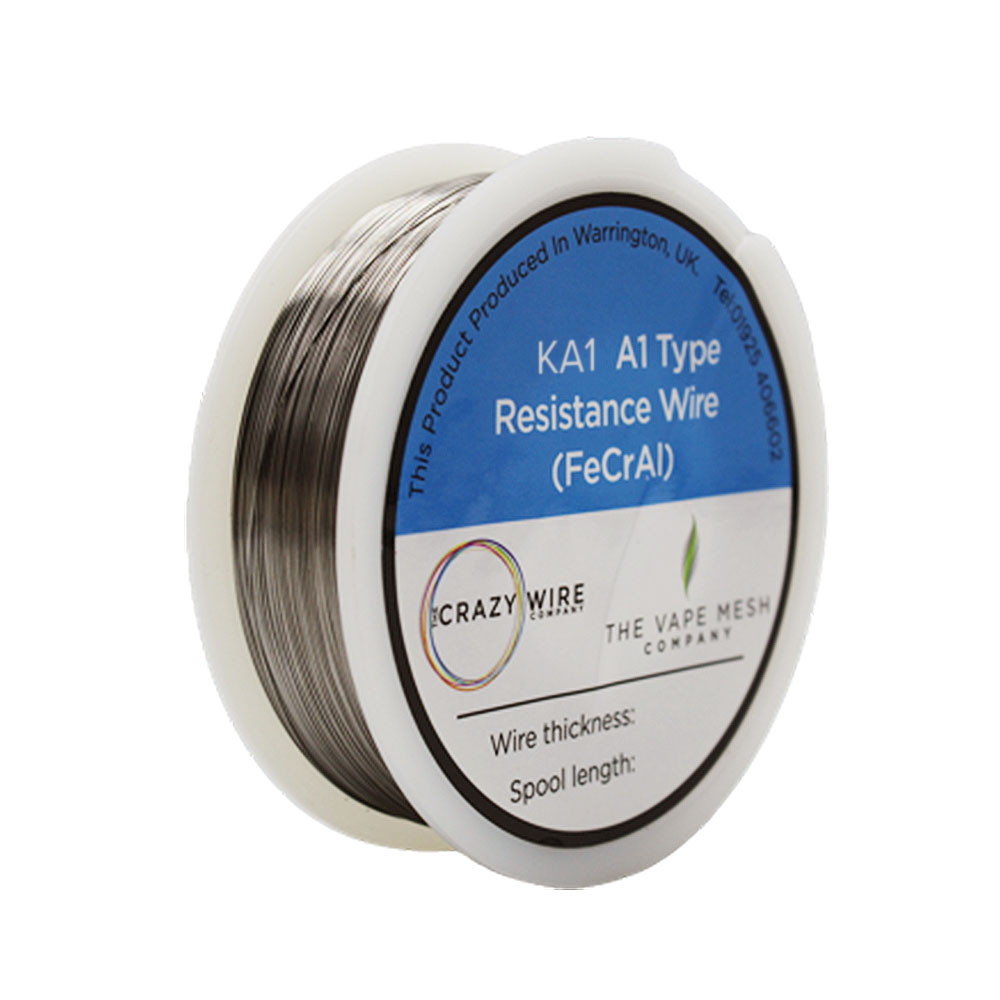
Applications of Kanthal A1 Wire
Kanthal A1 wire is ideal for applications requiring high-temperature resistance and durability. Kanthal A1 is frequently used in household appliances such as toasters, ovens, and hairdryers because it generates consistent heat safely and effectively.
For heat treatment, ceramics, and glass production, Kanthal A1 wire is often used in furnaces and kilns. Due to its ability to withstand and maintain high temperatures, it is a popular choice for these demanding applications. In a ceramics kiln, Kanthal A1 wire maintains consistent high temperatures for firing pottery, ensuring both quality and efficiency.
The manufacture of resistance-based products, such as resistors and industrial heating coils, is another notable application. For accurate and reliable operation, the resistance must be stable over a wide temperature range.
Working with Kanthal A1 Wire
It is important to take certain precautions when working with Kanthal A1 wire to ensure safety and effectiveness. It’s important to wear appropriate protective gear when handling this wire, since it can become quite hot. To maintain its integrity, Kanthal A1 should be stored in a dry, clean environment.
Regular inspections for signs of wear or damage can prolong the life of the wire. Wires used in coils or heating elements should not be overstretched or bent sharply to prevent mechanical failure.
Working with Kanthal A1 wire involves managing its stiffness and dealing with its high-temperature nature during installation or repair. The use of appropriate tools and techniques can mitigate these challenges, ensuring safe and efficient use of the wire.
Comparing Kanthal A1 to Other Heating Wires
Despite its many advantages, Kanthal A1 wire is one of several options for heating applications. Nichrome (Nickel-Chromium) wire, for example, is another popular choice. There are several differences between Kanthal A1 and Nichrome.
The maximum operating temperature of Kanthal A1 wire is 1400°C, whereas Nichrome is typically rated for 1200°C. Kanthal A1 is therefore more suitable for extremely high-temperature environments. Due to its superior oxidation resistance at high temperatures, Kanthal A1 tends to have a longer lifespan.
Nichrome wire, however, heats up faster than Kanthal A1 and has a lower electrical resistance, so it is ideal for applications requiring rapid heating. In applications that require intricate shaping of the wire, Nichrome is also more flexible than Kanthal.
Choosing the right wire depends on specific application needs: Kanthal A1 is preferable for high-temperature, long-life applications, while Nichrome is better suited for projects that require quicker heating times and more flexibility.
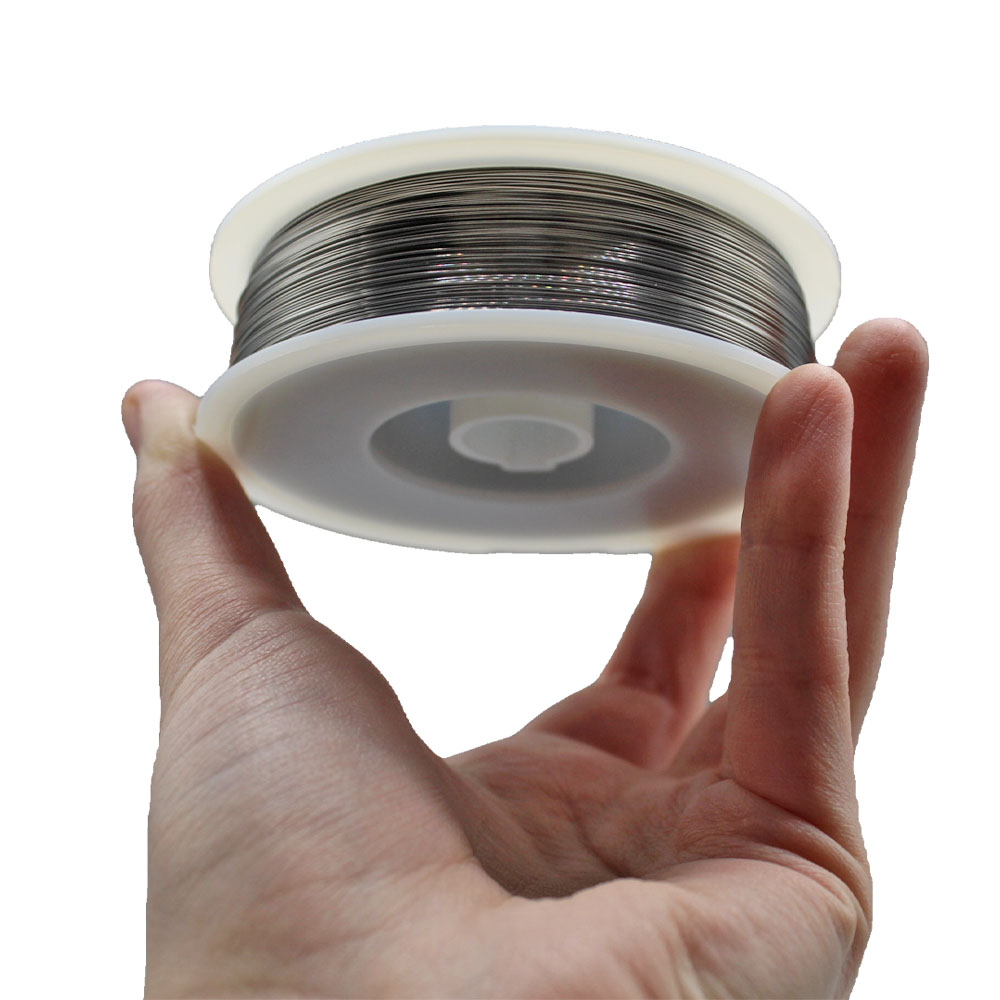
Innovations
As material science advances and market demands evolve, Kanthal A1 wire’s future is intertwined. Kanthal A1 and similar alloys are likely to be developed as industries seek more efficient and durable materials for high-temperature applications.
New applications for Kanthal A1 wire may arise in the renewable energy sector and electric vehicle market. An example of an innovation is the development of more efficient heating elements for industrial processes or improved components for electric powertrains.
The potential for integrating smart technology into Kanthal A1 wire, enabling predictive maintenance and real-time monitoring, could also be a direction for future development, aligning with the growing trend of IoT and smart manufacturing.
Kanthal A1 wire is a pillar of high-temperature resistance and heating applications. Its superior heat tolerance, long life, and stability under extreme conditions make it a valuable asset in both industrial and domestic settings. Whether for a high-endurance industrial furnace or a household heating element,
Kanthal A1 wire provides a blend of reliability and performance that is unmatched. Kanthal A1 wire offers a wide range of possibilities for your projects, assuring quality and efficiency for all your heating and resistance needs.
We offer also a massive range of stainless steel wire and nichrome wire through our store. Choose the wire that you want to work with and we’ll get spooling.
If you’re interested in learning more about wire, check out our other blog on Everything You Need to Know About Wires.
We are also proud to supply this product on our highly popular eBay store, check us out there too.
Thank you for checking out our site.
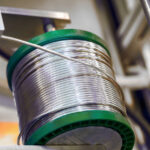
Nichrome Wire Safety: Top Tips for Working Safely
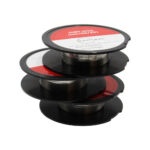
Best Wire for Electronics Projects
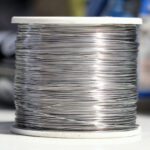
Is Ni80 Wire Suitable for DIY Heating Elements
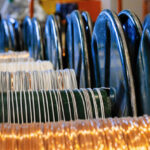
Wire Grades Explained
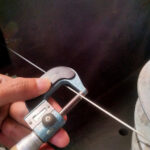
How Wire Diameter Affects Strength and Flexibility
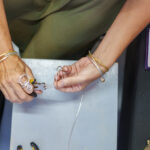
How to Cut and Shape Wire for Custom Applications

Can Wire Be Used in 3D Printing?

How Wire Composition Affects Conductivity
